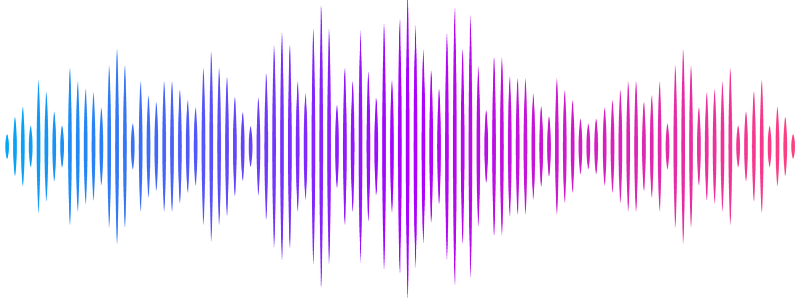Whole Tissue Imaging of Cellular Boundaries at Sub-Micron Resolutions for Automatic Cell Segmentation: Applications in Epithelial Bending of Ectodermal Appendages

Whole Tissue Imaging of Cellular Boundaries at Sub-Micron Resolutions for Automatic Cell Segmentation: Applications in Epithelial Bending of Ectodermal Appendages
Norris, S. C. P.; Hu, J. K.; Shubin, N. H.
AbstractFor decades, biologists have relied on confocal microscopy to understand cellular morphology and the fine details of tissue structure. However, traditional confocal microscopy of tissues have limited penetration depths of light ~ 100 microns due to tissue opaqueness. Researchers have, thus, developed tissue clearing protocols to be used with confocal microscopy, however, current clearing protocols are not compatible with labels of cell boundaries, especially at high enough resolution to precisely segment individual cells. In this work, we devise a method to retain markers of cell boundaries, and refractive index-match the tissues with water to enable tissue imaging at high magnification using long working distance water dipping objectives. The sub-micron resolution of these images allows us to automatically segment each individual cell using a trained neural network segmentation model. These segmented images can then be utilized to quantify cell properties and morphology of the entire three-dimensional tissue. As an example application, we first test our methodology on mandibles of mutant mice that express fluorescent proteins in their membranes. We then examine a non-model animal, the catshark, and explore the cellular properties of their dental lamina and dermal denticles, which are invaginating and evaginating ectodermal structures, respectively. We, thus, demonstrate that the technique presented here provides a powerful tool to quantify, in high-throughput, the 3D structures of cells and tissues during organ morphogenesis.


